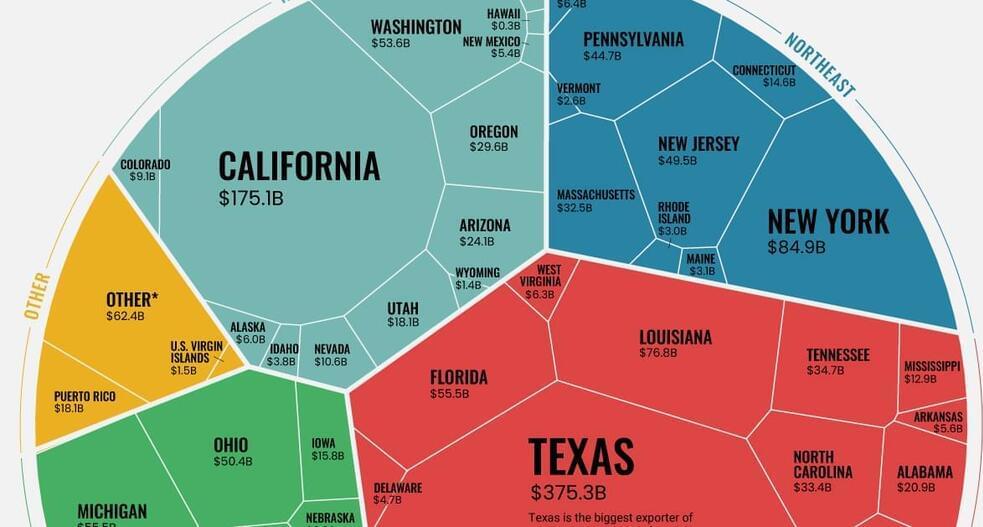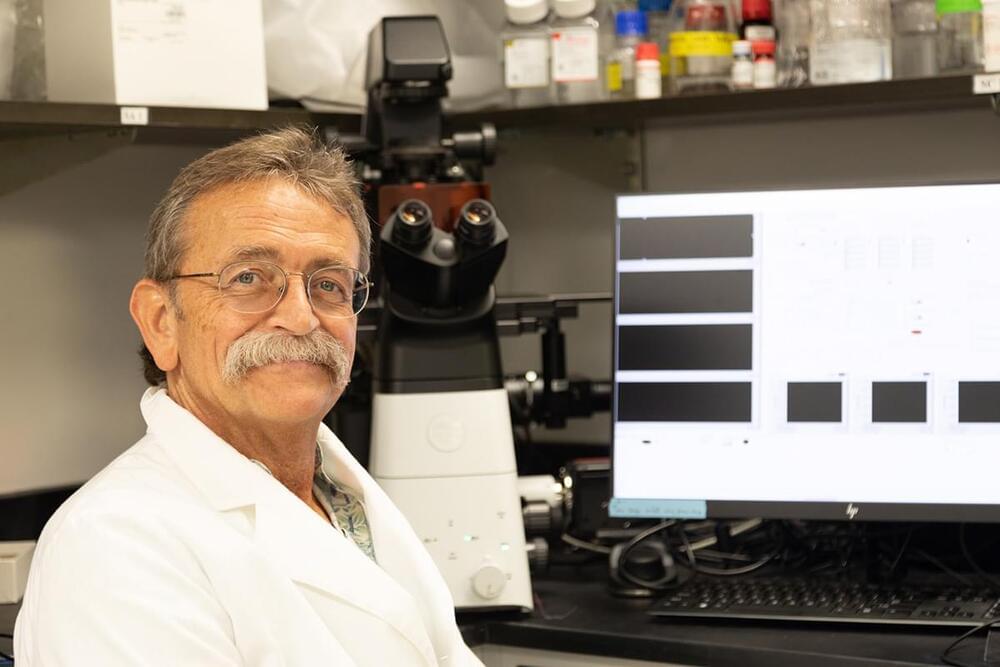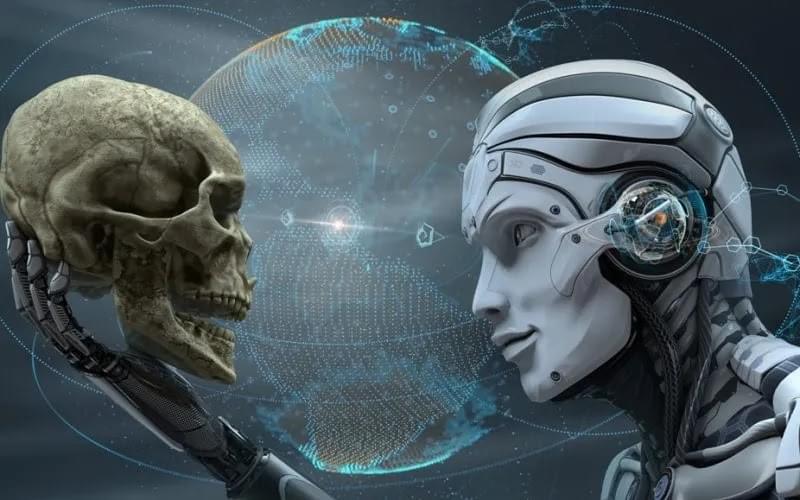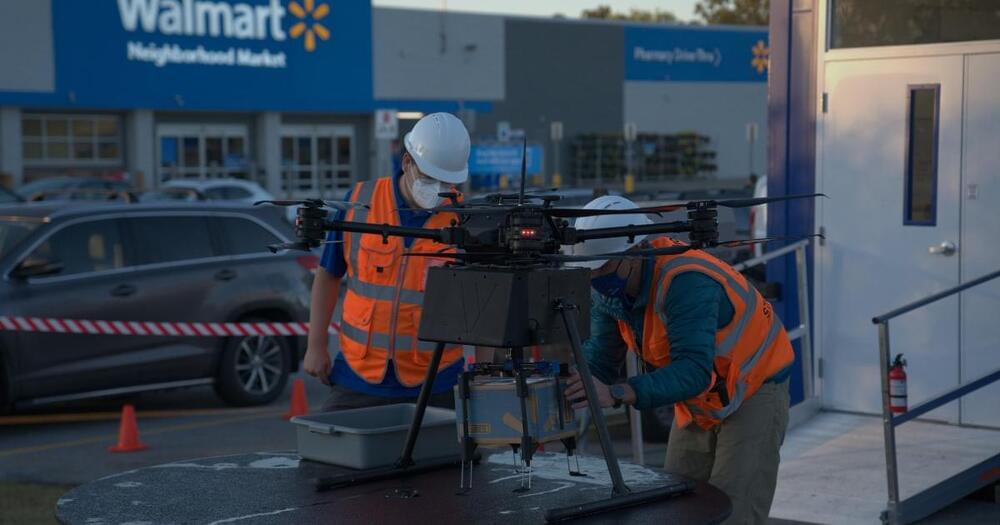Microsoft’s trackers work, while others are being blocked.
DuckDuckGo browser now allows Microsoft trackers, but others are being blocked.


After China, the U.S. is the next largest exporter of goods in the world, shipping out $1.8 trillion worth of goods in 2021—an increase of 23% over the previous year.
Of course, that massive number doesn’t tell the whole story. The U.S. economy is multifaceted, with varying levels of trade activity taking place all across the nation.
Using the latest data on international trade from the U.S. Census Bureau and the U.S. Bureau of Economic Analysis, we’ve visualized the value of America’s goods exports by state.

While the SR-71 Blackbird remains the world’s fastest air-breathing aircraft, the rocket-powered X-15 has its own richly deserved place in the aviation history record books: on October 3, 1967, U.S. Air Force test pilot William “Pete” Knight became the fastest flying pilot ever when he achieved a speed of Mach 6.7, a record that has stood for nearly 55 years.
The Baby Steps Before that “One Small Step for Man…”
As if that one particular superlative weren’t impressive enough, the X-15 helped make history in other ways: before Neil Armstrong became the first man to walk on the Moon, he was taught to fly the X-15 to the edge of space by then-Colonel Chuck Yeager, who, of course, made history in his own right as the first man to break the sound barrier whilst flying the first of the “X” planes, t he Bell X-1.

All I can say is that I hope his self indulgence for his favorite ☆HOBBY☆ — Twitter itself — doesn’t sabotage the interplanetary future he’s defined and actually begun to to successfully realize, doing so against all odds in so many fields, cas diverse as science, engineering, economics, politics, and the recent history and the seeming decline in public enthusiasm, funding, and any sort of clear direction. He didn’t just subvert those roadblocks, he OBLITERATED them. SPECTACULARLY.
All that progress and innovation can and WILL be undone in seconds if he makes himself into an allie of a republican party that has abandoned truth, abandoned science, and abandoned every semblance of honor, loyalty, and reason.
A republican party that has abandoned Democracy ITSELF.
Twitter shareholders have filed a lawsuit accusing Elon Musk of engaging in “unlawful conduct” aimed at sowing doubt about his bid to buy the social media company.
The lawsuit filed late Wednesday in the U.S. District Court for the Northern District of California claims the billionaire Tesla chief executive has sought to drive down Twitter’s stock price because he wants to walk away from the deal or negotiate a substantially lower purchase price.
San Francisco-based Twitter is also named as a defendant in the lawsuit, which seeks class-action status as well as compensation for damages.

The Stem Cell Reports paper demonstrated the capability to grow and differentiate cortical neurons — known to be responsible for a majority of higher brain function — into fully mature and functional cells.
These neurons were then incorporated into a circuit functioning as a simulated system, where the researchers were able to induce long-term potentiation (LTP). LTP — which allows for memory formation — is a key phenomenon in the study of cognition, and one that has mostly evaded direct observation in human models.
A UCF researcher’s work to create a “brain-on-a-chip” aims to improve neurological disorder research by speeding up drug discovery and providing an alternative to animal testing.
James Hickman — professor of chemistry, biomolecular sciences and electrical engineering — recently published some of his latest findings in the journals Stem Cell Reports and Advanced Therapeutics.
These studies explain advancements in his research group’s efforts to develop the functional neural model otherwise known as a “brain-on-a-chip.” Such a model could revolutionize neurological research by replicating the pathologies of neurological disorders and rare autoimmune neuropathies, without the need for testing on human or animal subjects.

Incredible and somewhat frightening visions of the future will become a reality in the coming decades. According to futurologists, people of the future will gain immortality and will live in the body of a machine. Dr. Ian Pearson predicts that a person will be able to transfer his mind into a computer and one day he will go to a funeral where his previous biological body will be buried. Like anomalien.com on Facebook To stay in touch & get our latest news Cyborgization has some good sides. Let us take into account that we will be able to exchange each of…


ETA Space is trying to solve one of the biggest problems with space travel. It might just have a solution.

In the early 2000s, scientists from the Human Genome Project announced a breakthrough: they had sequenced the complete human reference genome, including all three billion DNA letter, a scientific undertaking likened at the time to landing astronauts on the Moon.
While the reference genome has come under question as of late, with scientists adding more than two million additional variants, it still doesn’t take a whole lot of space to store the entire sequence on a traditional computer.
And now, Tesla and SpaceX CEO Elon Musk is once again weighing in on an issue outside his expertise, arguing that one could “fit the DNA sequences of all humans alive today in a fairly small data storage system” — a vaguely terrifying thought coming from the richest man in the world, as if he didn’t already have enough fires to put out and problems to solve.